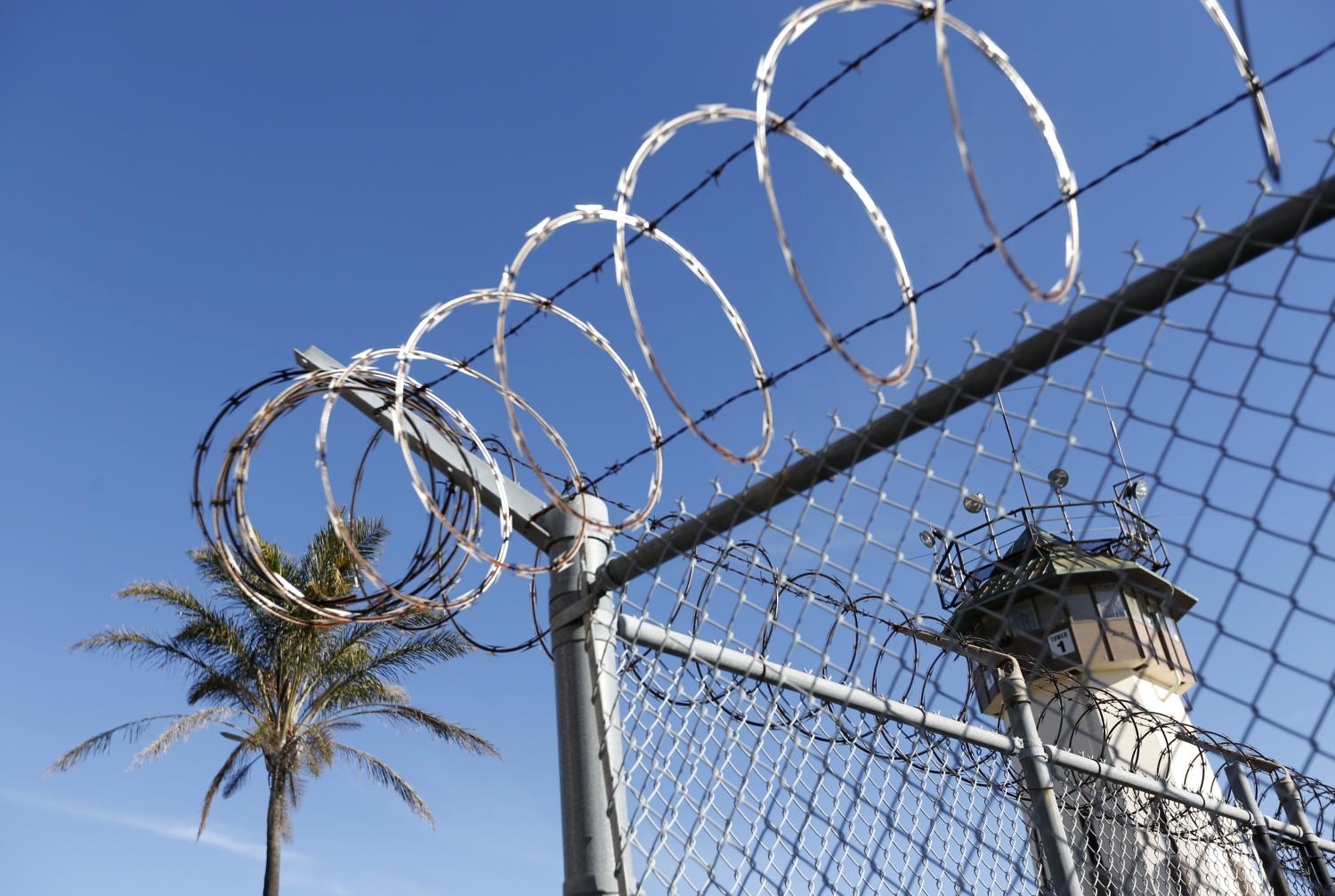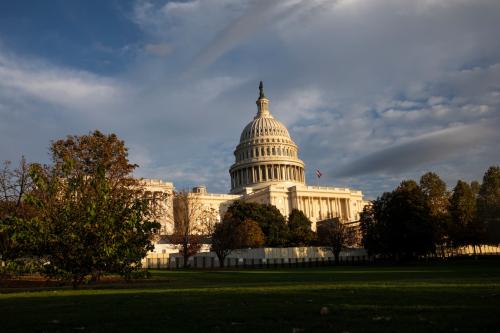More than 2.2 million people are incarcerated in the United States and more than 620,000 are released from prison annually. Approximately one-third of those released will return to prison at some point in their lives. Moreover, research shows that individuals with criminal records are less likely to be employed, worsening economic disparities and increasing recidivism.
In “Work and opportunity before and after incarceration” (PDF), Brookings Senior Fellow Adam Looney and Nicholas Turner use IRS data to examine the labor market outcomes and economic characteristics of the incarcerated population.
They find that three years prior to incarceration, only 49 percent of prime-age men are employed, and, when employed, their median earnings were only $6,250. These men don’t fare any better after leaving prison. In the first full calendar year after their release, only 55 percent of those previously incarcerated have any reported earnings and the median earnings of those that do are just above $10,000.
Growing up in poverty increases the chance of incarceration
However, the conditions that lead these individuals to incarceration may begin long before this window.
The authors look at the cohort of the incarcerated population born between 1980-1986—those in their 30s now—and link these individuals with the economic conditions of their childhood neighborhood, as well as their parent’s reported income and marital status.
They find that boys who grew up in families in the bottom 10 percent of the income distribution—families earning less than about $14,000—are 20 times more likely to be in prison on a given day in their early 30s than children born to the wealthiest families—those earning more than $143,000. The authors estimate that almost one in ten boys born to lowest income families are incarcerated at age 30 and make up about 27 percent of prisoners at that age.
These individuals grew up or live in neighborhoods that were socially isolated and segregated neighborhoods with high rates of child poverty and in predominantly African American or American Indian neighborhoods.
The highest rates of incarceration are concentrated in urban centers and certain rural areas, like American Indian reservations. In Los Angeles, for instance, the incarceration rate at age 30 of children growing up in neighborhoods in Westwood, Santa Monica, or Sierra Madre is essentially zero, whereas in neighborhoods in south L.A. or Compton the rate (of men and women combined) is close to 7 percent.
While the overall incarceration rate in more rural states, like the Dakotas, Nebraska, Wyoming, or Idaho is low, certain areas have high rates of incarceration. For instance, roughly 10 percent of all 30-year-old prisoners in Nebraska come from a single neighborhood in Omaha.
Policy interventions to help
The tax code provides incentives for employers who hire ex-prisoners and provisions to encourage employment among lower-income families and individuals. However, take-up of these subsidies through the Earned Income Tax Credit (EITC) and Work Opportunity Tax Credit (WOTC) is low among ex-prisoners even though the majority of these individuals are eligible for these subsidies.
Looney and Turner argue that relaxing the burdensome requirements needed to target subsidies to ex-felons or replacing focused subsidies—like the WOTC—with broad-based subsidies for low-skill, marginally employed individuals—like a larger EITC for childless workers—could have the advantage of expanding eligibility for subsidies but reaching the same intended recipients.
However, the authors ultimately conclude that while these subsidies can help ex-prisoners, policy interventions need to be targeted earlier in life to help reduce child poverty and improve outcomes later in life.
“The poor labor market outcomes we see prior to incarceration, as well as the strong relationship between childhood conditions and later incarceration, suggests that there are other barriers to employment beyond incarceration. Policies focused earlier in life that increase childhood investments, reduce discrimination, reform criminal justice practices, or target economic distress in specific neighborhoods may be more effective tools for both reducing future incarceration rates and by aiding reentry following release.”
Read the full paper here.
The analysis in this paper was conducted while the authors were employees of the U.S. Treasury Department. The views expressed are those of the authors and not necessarily those of the Federal Reserve Board, the Treasury, or the Brookings Institution. The authors did not receive financial support from any firm or person for this article or from any firm or person with a financial or political interest in this article. They are currently not an officer, director, or board member of any organization with an interest in this article.
The Brookings Institution is committed to quality, independence, and impact.
We are supported by a diverse array of funders. In line with our values and policies, each Brookings publication represents the sole views of its author(s).







